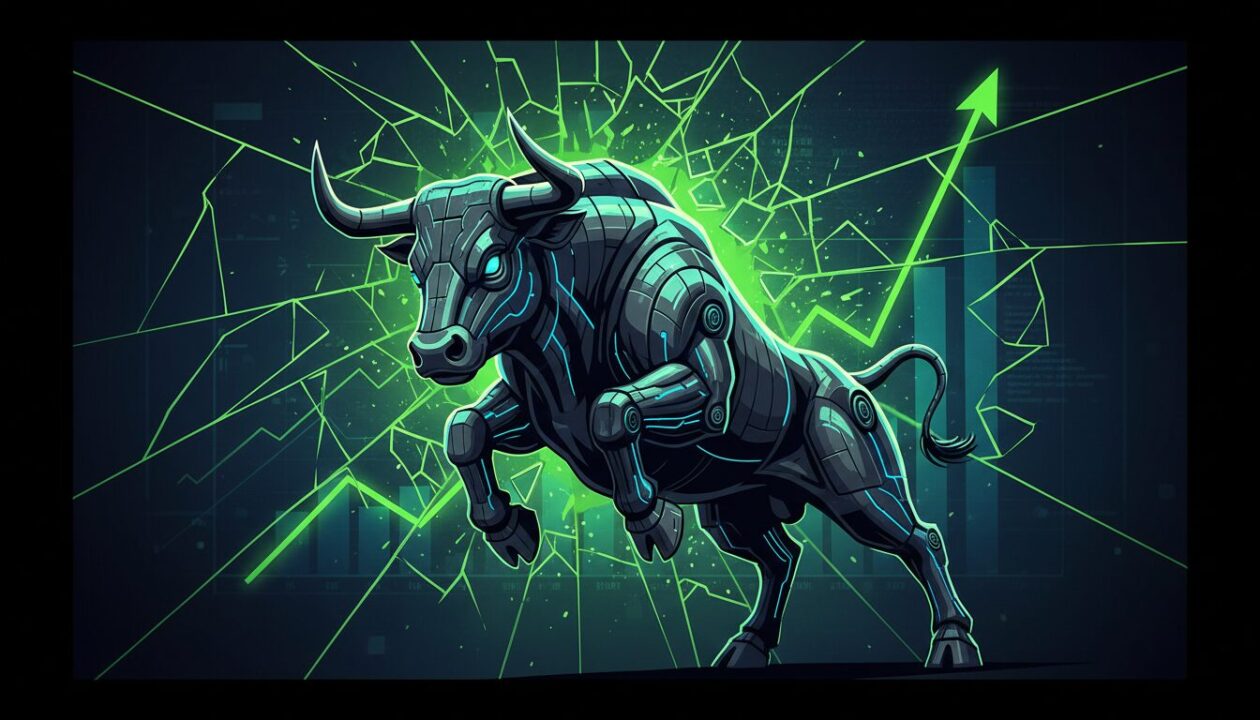Unlocking Agriculture’s Future: Data Ownership Through Blockchain

Farmers are losing control over the valuable data generated by their own land and equipment. Blockchain technology offers a path to reclaim that ownership, but clear legislation is needed to pave the way.
In today’s food system, farmers receive just a fraction of every dollar spent by consumers. This isn’t due to a lack of effort but a lack of control over critical information, from operational data to equipment metrics. This data is often held by separate corporations that can leverage it to reduce competition and squeeze farmers’ margins, making the entire food supply chain less resilient.
Blockchain technology presents a powerful opportunity to reverse this trend. By creating secure and transparent ledgers, it can ensure that farmers own and directly benefit from the data their operations produce. To realize this potential, however, lawmakers must establish thoughtful regulations that give innovators certainty and farmers protection.
A New Model for Agricultural Data
The practical applications are already taking shape. Consider a network of on-farm weather stations that record environmental data on a blockchain. This system allows growers to share trustworthy, real-time information directly with one another, bypassing intermediaries. Armed with this data, farmers can better protect their crops, negotiate more favorable insurance terms, and advocate for a larger share of profits. Projects with wineries in Virginia, growers in Canada, and vineyards in Portugal have already demonstrated that secure, transparent, and farmer-owned data translates into greater insight and bargaining power.
This shift toward transparency benefits consumers as well. Imagine a food product with a verifiable digital history, showing the soil it was grown in, the weather conditions during its harvest, and its journey through the supply chain. Blockchain makes this possible, building consumer trust and rewarding farmers who use sustainable and safe practices. It addresses long-standing concerns about nutrient decline in produce and the risks of contamination from chemicals or disease.
Closing the Gap Between Innovation and Regulation
The primary challenge is that technological innovation is moving far faster than regulation. Entrepreneurs are developing tools that could transform agriculture, but the absence of clear federal rules creates a “pacing problem” that leaves farmers, businesses, and consumers in a state of uncertainty.
Legislation like the bipartisan CLARITY Act, which recently passed the U.S. House of Representatives, is a crucial step forward. This bill provides a sensible framework for distinguishing between digital commodities and securities, creating a clear legal path for blockchain-based innovations. As American leaders have noted, if the U.S. doesn’t define these rules, other nations will, potentially leaving American agriculture behind.
Supporting market structure legislation is about more than just technology. It’s an investment in food security, farmer empowerment, and national resilience. Farmers are the stewards of the land and the foundation of the economy. With the right policies in place, we can provide them with the tools not just to succeed, but to own their future.











